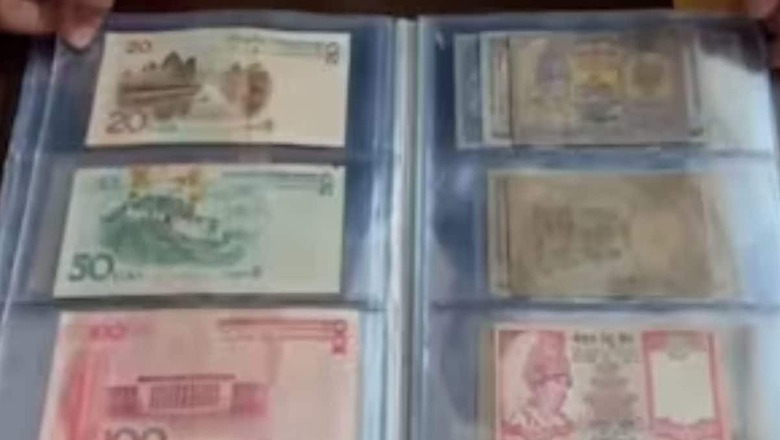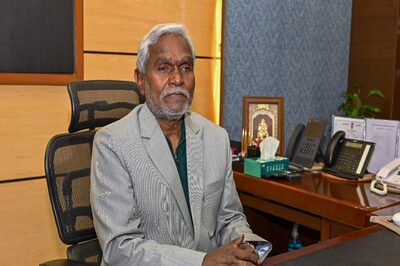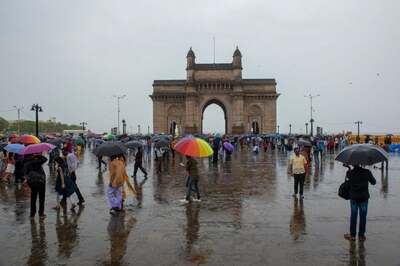
views
Sagar Chaudhary, a city resident, has been collecting rare coins and paper currency since 1997. His collection features historical artefacts that provide insights into various currencies once circulated. Chaudhary’s commitment to preserving these notes offers a glimpse into the evolution of currency, highlighting rare coins and paper money. His collection stands as a valuable historical record, showcasing the diverse forms of currency that were previously used.
Sagar Choudhary, a collector from Kuchaman City, reveals that his interest in collecting rare coins and notes dates back to 1997, starting in seventh grade. His primary goal is to document and showcase the diverse range of currencies used in India over the years. Sagar mentions that his collection comprises 11,500 notes and coins, serving as a testament to the various forms of currency that have existed in the country since that time.
He has shared that his collection includes notes and coins from 140 countries. But his main attraction has been the Indian currencies used during the reigns of various Indian kings. The diverse assortment includes historical Indian coins and currency from the British colonial period. The collection spans notes and coins issued between 1917 and 1947, including the period of India’s partition.
Choudhary’s collection also features currency circulated during the partition itself, along with notes exchanged between India and Pakistan. Additionally, the assortment showcases head-printed notes issued by England in India. Denominations within the collection range from Rs 1 to Rs 10 lakh, with specific values such as Rs 1 lakh and Rs 2 lakh holding particular significance.
Sagar Choudhary has a collection of rare coins, with denominations ranging from Rs 1 to Rs 1000. The assortment includes coins with unique denominations like Rs 50, 75, 100, 125, 150, and Rs 525. Noteworthy in the collection are coins with rare numbers ranging from Triple One to Triple 999.
Choudhary has collected coins and notes from different provinces, states, and countries in his collection.



















Comments
0 comment